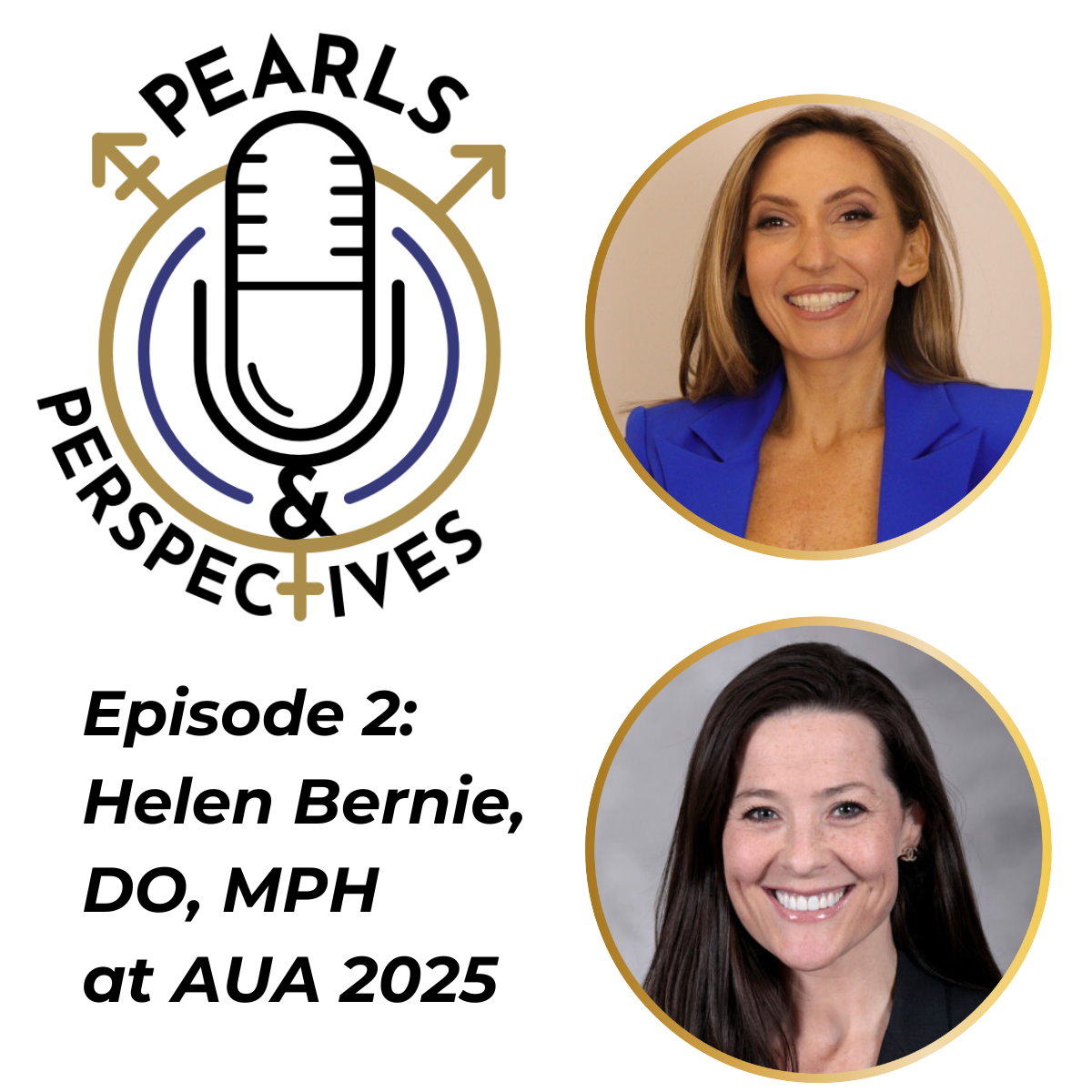Opinion
Video
Ash K. Tewari, MD, on a nerve-sparing technique for robotic radical prostatectomy
Author(s):
In this video, Ashutosh K. Tewari, MBBS, MCh, FRCS (Hon.), discusses the saline-assisted fascial engorgement (SAFE) technique for patients undergoing robot-assisted laparoscopic radical prostatectomy. Tewari is the chair of urology at the Mount Sinai Health System and a professor of urology at the Icahn School of Medicine at Mount Sinai in New York, New York.
Video Transcript:
Nerve dissection is one of the most delicate parts of robotic radical prostatectomy. Prostate cancer happens to be a very complex cancer where mortality is one of the problems, but the quality of life is an equally important problem. It's not an easy solution because nerves, which control erectile function and possibly contribute to continence, travel almost intermingled with the prosthetic sidewall. These nerves are not just 1 nerve on the left and 1 nerve on the right, they are a very complex meshwork which is hiding within the layers of the prosthetic tissue. So, they're not easily visible. The surgeon has to not only get a negative margin as to save all the nerves, and not only save the nerves, but has to save the nerves delicately so that they are viable. Because in a structure which has been crushed, which has been burned, which has been torn, it's not going to heal and function the way it's supposed to heal. So, all that combined, nerve sparing should be thorough, and it should be delicate. How you separate things sometimes makes an impact into how they function and recover.
So, we thought that water is the one of the most delicate ways of separating something. Water finds its own way. If we inject a little bit of water or saline between the tissue planes, it separates the important structure very easily. And think about it. Only those things will separate which are movable; if there is a structure which is embedded by the cancer, what we call a perineural invasion or extracapsular extension, that structure is already stuck to the cancer. So, those nerves are not going to move very easily. But if nerves are free of the cancer, and the water is injected, they float away from the edge of the prostate. That's what we use to develop a technique, which we call hydro dissection using a saline-assisted nerve dissection.
The other part is, the water, when you inject it into a tissue, it changes its transparency, its looks. So, you start seeing structures below the layer of the tissue which you are working on. The surgeon gets super vision [where] they can see the nerves underneath the structure. That setting is the beauty of our saline assisted technique. We have done a couple 100s of these patients, and the initial results are very encouraging. It's a pretty safe technique, and initially we were using it for what we call a T3 cancer, and it seems to be getting the erectile function back a little earlier. Now, we are doing a full clinical trial, and we will have the results in the next year hopefully.
This transcription has been edited for clarity.

















